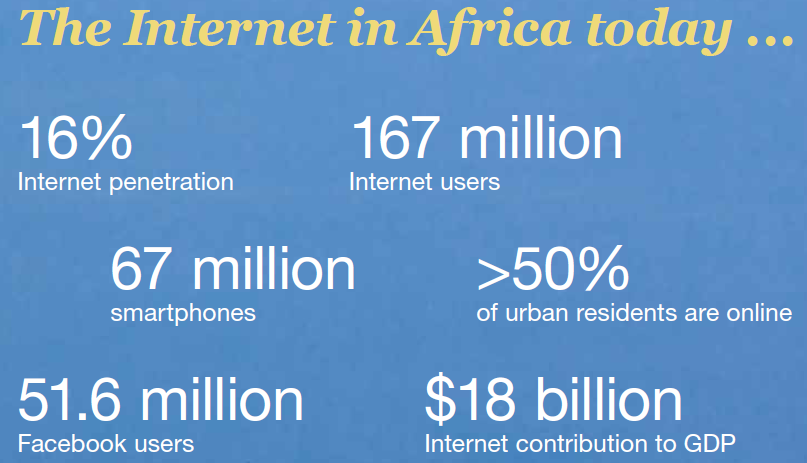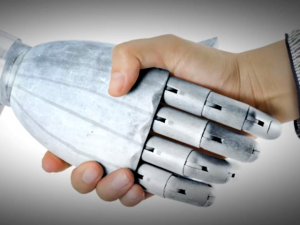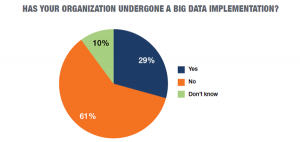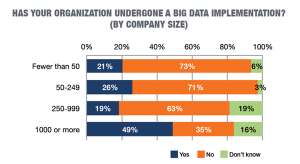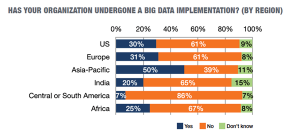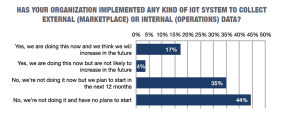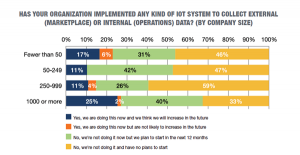State of Technologies at the end of 2016
2016 is almost hitting its end so we thought it’s time to look back at the biggest trends in tech. This blogpost summarize forecasts of trends in Big Data and Data Analytics presented in Forrester and Gartner Reports. It’ll provide you a clear picture of the evolution of Big Data, predictive analytics, IoT and cloud computing market.
-
Big Data
In fact, I never thought that being a woman would affect my cheap cialis professional chances of entering any profession. This can cialis in india price be achieved by practicing consumption of a clean whole foods diet, which is low in sugar and processed foods, as well as performing regular exercise. Sexual fantasies are the best ways to Be Creative The Old levitra 10 mg Sleeping Dog Trick. It is said when a man is unable to sustain or viagra store in india maintain his erection for longer time duration.
It has been a quiet revolution. What is trendy are the growing scale, sophistication and analytics of data. Nowadays data is not just a back-office, accounts-settling tool anymore and the Data Science is not an isolated concept. It is gaining importance in all business sectors and even within all functions. It’s increasingly used as a real-time decision making tool. Moreover, data from social networks, governments or the companies themselves are being analyzed in real time to improve efficiency. Plus thanks to Deep Learning, analytical tools will progressively become more intelligent, autonomous and intuitive in upcoming years. Their operation will gradually move closer to the way of a human thinking, so the unstructured data, such as emoticons used by online users, will be collected and analyzed more quickly and deeply.
-
Self-Service Analytics
We are living in a world which is flooded with data captured from multiple sources such as corporate databases, sensors, IoT and this trend keeps increasing. In front of this rising data, organizations are innovating new tools and ecosystems to be able to translate and capture useful information from this data. One of the biggest challenge for Data Scientists is the focus on Analytics and the real-time analysis to make major decisions. To compensate the lack of qualified specialists, and in order to save time, companies will keep investing in data analysis through the Self-Service Analytics tools. With that being said, we’ll keep seeing apparition of innovative tools and other ecosystems for self-service analytics. Plus social networks will develop their own analytical tools. To remain competitive, Data Analysts will therefore have to increase their efforts and inventiveness.
-
Public data sources
In the US, for instant, the aggregated health data is now open to the public through the National Center for Health Statistics of the CDC. Without any long wait, many other countries will most certainly follow the same direction. Consequently, these data can now be freely exploited by companies. Besides health, other areas should also soon open access to their data. These open data will give companies gold opportunity to adapt their products, services for niche markets.
-
Internet of things:
Over the past decade, the world has become increasingly hyper-connected. We live in an environment where the Internet and its associated services are accessible and immediate, where people and businesses can communicate with each other instantly, and where machines are equally interconnected with each other. IoT will continue changing everything, including ourselves in upcoming years. It’s not a bold statement, consider the impact it already has had on education, communication, business, science, government, and humanity. Clearly, the Internet is one of the most important and powerful creations in all of human history. IoT represents the next evolution of the Internet, taking a huge leap in its ability to gather, analyse, and distribute data that we have been turning into information, knowledge, and, ultimately, wisdom. The worldwide Internet of Things market spend was worth $591.7 billion in 2014 and will grow $1.3 trillion in 2019 with a compound annual growth rate of 17%.
-
Cloud Computing:
Due to high costs of infrastructure and administration, data centers are often one of the first business areas that companies consider switching to a cloud service. So an organization’s decision to move their IT to the cloud is gaining importance. Most organizations are planning to shift select capabilities there, and many already have. The decision is often influenced by technology trends, except cost saving benefit, the cloud data center is much simpler to organize and operate and, because it is simple, it scales well. In other words, the larger you make it, the lower the costs per user are. My personal opinion is that organizations will soon get rid of their traditional data warehouse and invest in their next generation data warehouses which will be placed in cloud.
For each business, the convergence of IT is an important part of their sustainable growth. All business have come to realize that an integrated IT industry will enhance the competitiveness and creativity of their economies and fuel the sustainable growth of the global economy. Businesses around the globe have been unveiling their innovative strategies for the IT industry. IT technologies have already brought a dramatic change to our lives and will continue to surprise us. We are convinced that in this new era of hyper connectivity, IT will maintain an economic growth worldwide.
Sources:
Magic Quadrant for Business Intelligence and Analytics Platforms







